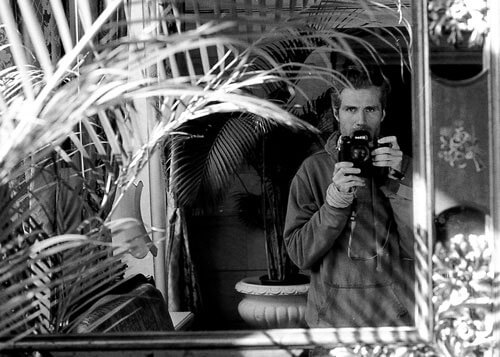I am not a professional photographer, but photography is much more than
just a hobby. I`m Romanian, born in July 1972 in Bucharest. I began to
take photography seriously in my twenties encouraged by my father. As a
editor for a magazine, I traveled a lot in the countryside so the photos
from my first exhibition, in 2000, were mainly portraits of peasants and
gypsies. My next exhibitions were about dance, theater, jazz festivals,
Venice Carnival, or life in a monastery. I`m still using analog cameras
and film, just because I find no joy in taking pictures on digital. I am
fascinate about photography, and attracted of classical street photography as well as abstract or news ways of approaching a portrait.
You are welcome to take a look on my website and my blog.
